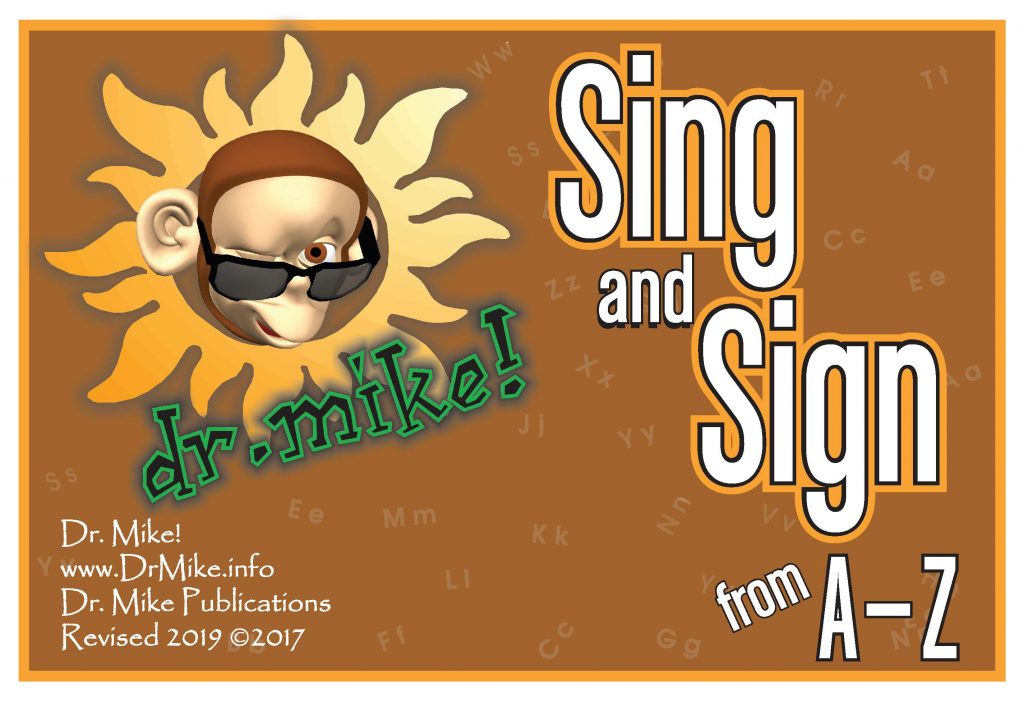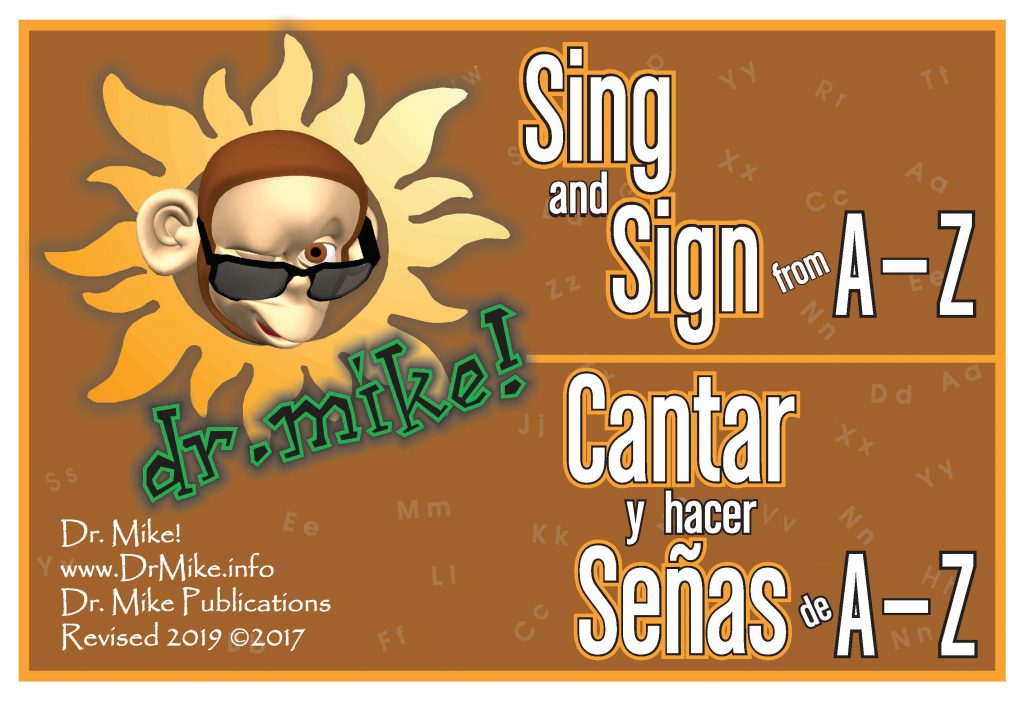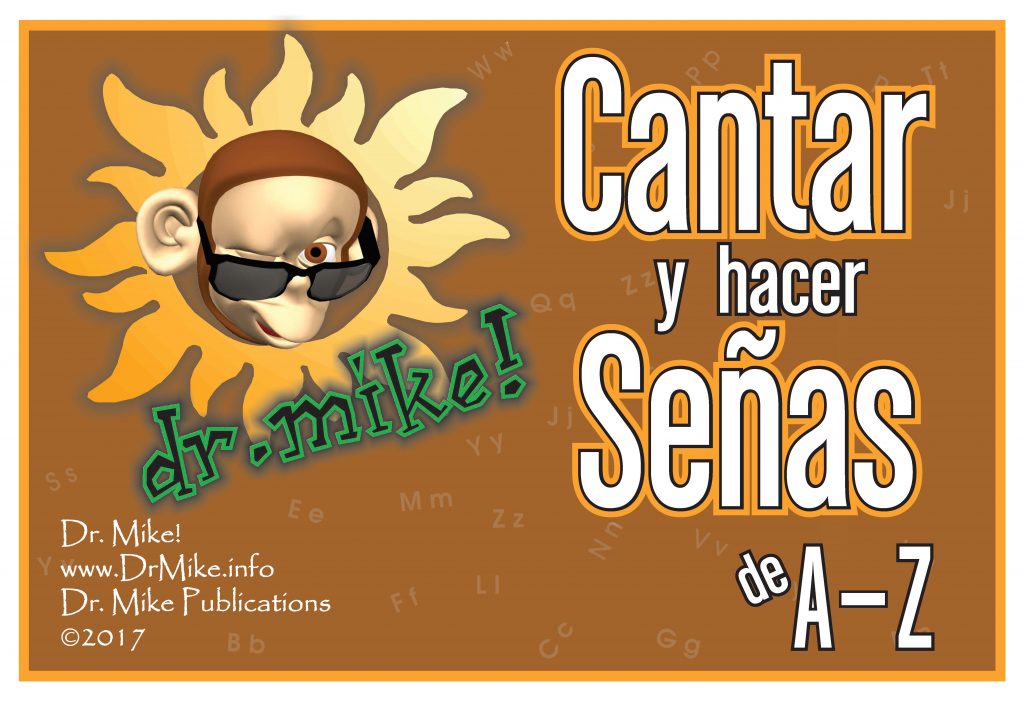Developing Literacy Skills through Multi-Modal Instruction
Multi-modal instruction engages students in multiple modes of learning (visual, auditory, and kinesthetic interaction with the content). The benefits of multi-modal instruction: (1) engages all students in the learning process ; (2) improves the quality of learning; (3) connects to real-world learning; (4) develops students skills in all modes; (5) expands the teachers and students creativity; (6) maintain novelty in the classroom; and (7) inspires cooperative learning. Multi-modal learning will inspire students and create a positive classroom environment while assuring equity and access in education. Furthermore, multi-modal instruction meets the needs of ALL students.
Singing songs activates our brains and is an effective cognitive strategy that strengthens language, learning, improves memory and retrieval, and enhances learners motivation and morale (Jenson, 2005). The power of songs allows students to retain and recall melodies which are connected to the lyrics and provides a perfect opportunity to develop foundational literacy skills, while creating confidence in reading.
American Sign Language (ASL) is a powerful kinesthetic experience that creates neural pathways within both hemispheres, which is critical for reading and writing (Campbell, 2008). Furthermore, ASL develops our joint-attention skills while accelerating the development of other foundational literacy skills (Vallotton, 2011). Starting March 2020, students experienced an abrupt shift to online learning which limited the full educational experience and led to learning loss. Educational experts recommended instructional strategies to address learning loss include social interaction and differentiated instruction, which are components of multi-modal instruction. Music and movement touches our emotions, emotions get our attention, and attention leads to learning (Dr. Mike, 2017).
Cantar y hacer Señas
Developing Dual Language through Multi-Modal Instruction
One of the most effective ways to teach a second language is through songs. Songs are non-threatening, it brings joy to learning, helps familiarize students with connections, and provides a fun ways to acquire a new language (Lake, 2005). Language and music are tied together in brain processing by pitch, rhythm, and symmetrical phrasing. Stephen Krashen’s, leading expert in second language acquisition, low affective filter hypothesis states that students with high motivation, self-confidence, a good self-image, and a low level of anxiety are better equipped for success in second language acquisition. Music and movement can be powerful tools to lower the affective filter because they appeal to the emotions and to the more intuitive right side of the brain. Furthermore, the kinesthetics of (ASL) signing not only serves as the “bridge” / “puente” that connects the two languages but also promotes meaningful learning which leads to long-term retention and accelerated learning.
Contact Dr. Mike for a virtual demonstration of this exciting and engaging multi-modal literacy resource
Click here for pricing



Purchase music on the following links: “Sing and Sign” / “Cantar y hacer Señas”